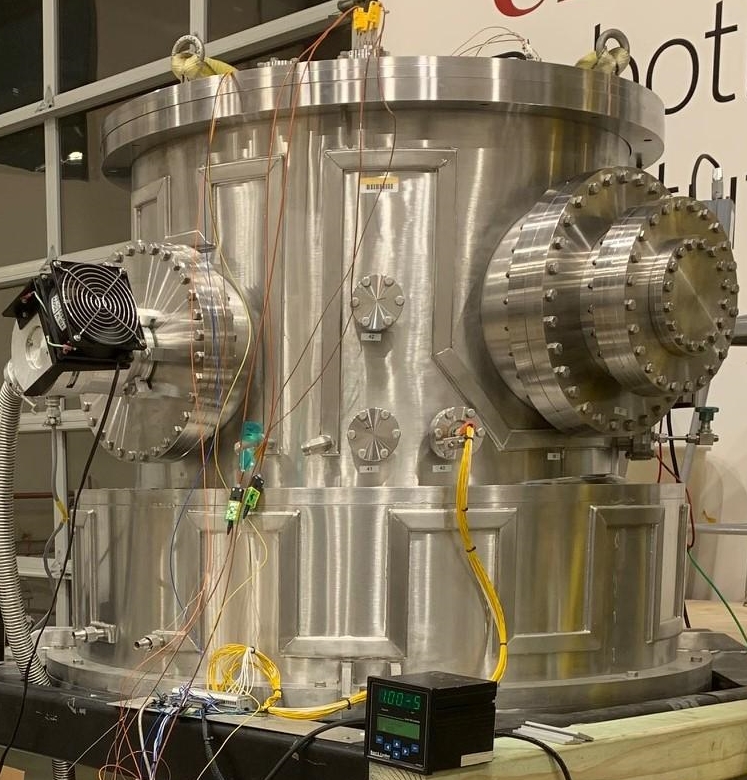Vacuum Chamber
One of the great distinctions of space robotics versus terrestrial robotics is that every component, device, sensor and electronic element has to function in vacuum. Once in vacuum, Earth’s convection due to air circulation no longer exists, so regulation of heating and cooling in a space system relies on the far weaker mechanism of radiation, … Continued

